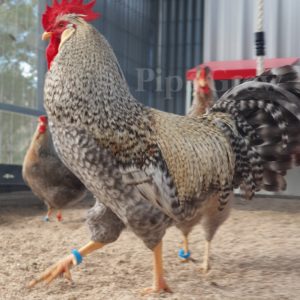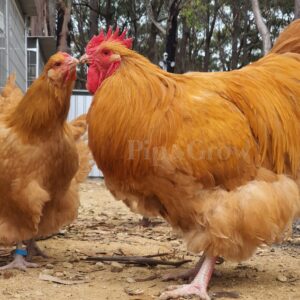Standard Orpington
Buff
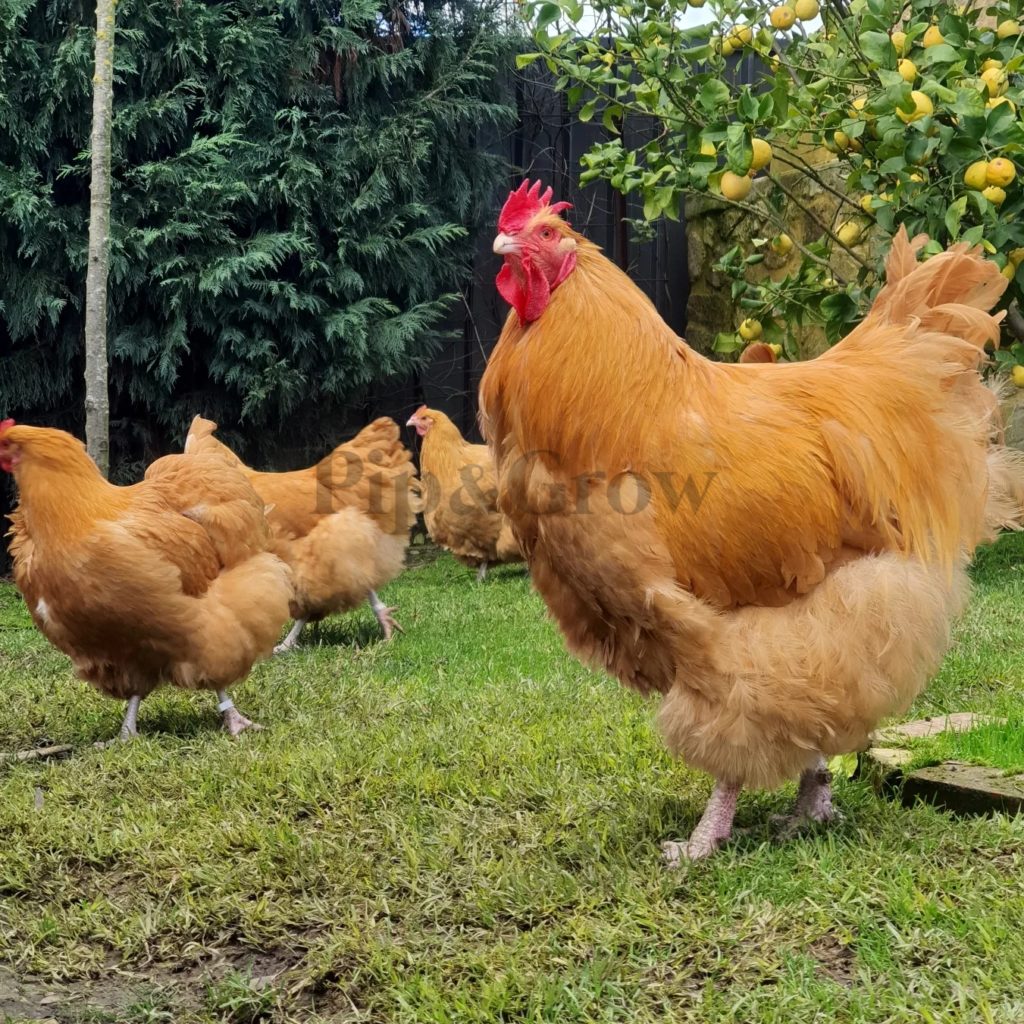
- Originated from Orpington, England
- Mature weigh between 3.5 – 5.8(rooster)kg
- Large to XL size egg around 60 – 75 g
- Slow maturing – first egg around 8 to 9 months
- Light/cream coloured eggs, expected to lay between 180-200 per year,
- Broodiness – Mid to high
- Maintenance – Low
Buff Orpington Chicks
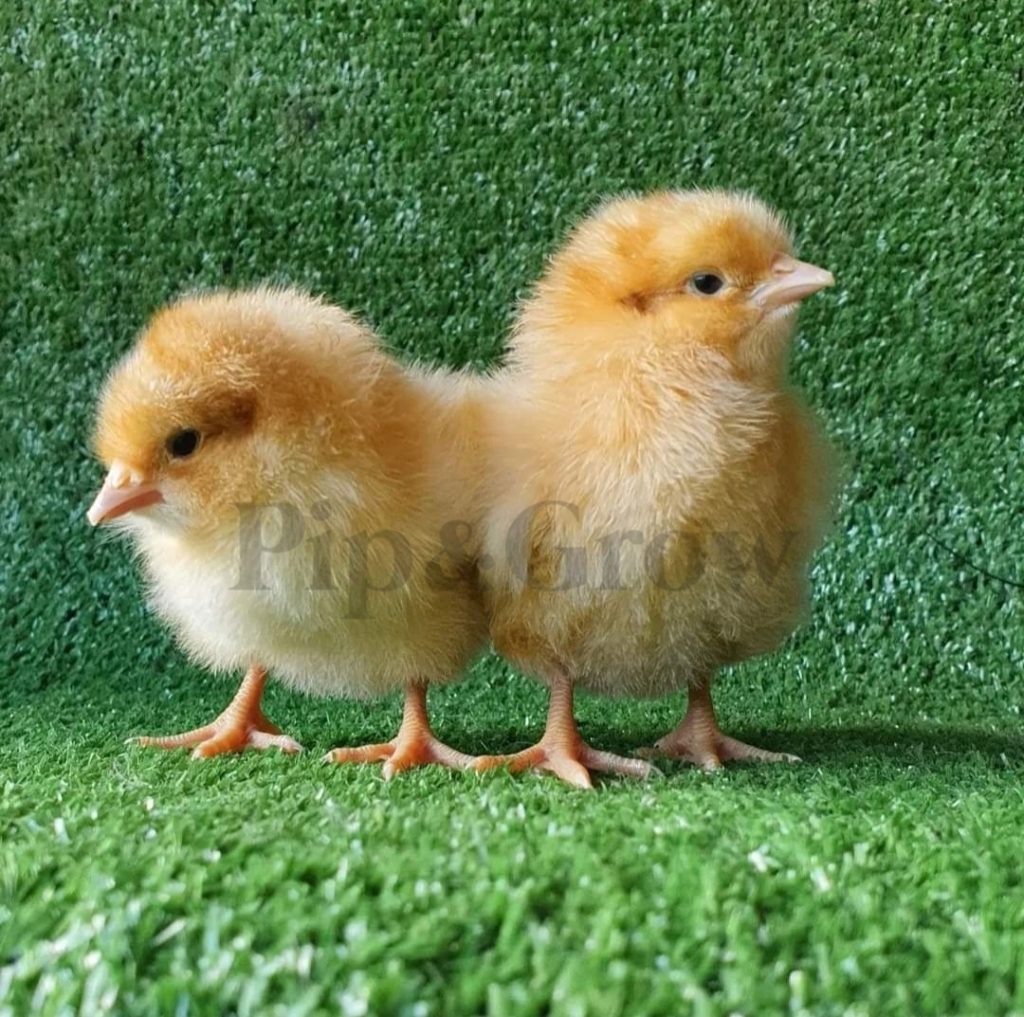
Buff Standard Orpington day-old chicks hatch with a deep golden base color. Some may exhibit faint chipmunk lines at the back and freckles on the head, while others hatch solid gold. As they grow, they all transition to a solid buff color. These markings are a result of genetic variegation from previous generations in relation to the buff coloring.
Related post Buff Orpington Sexing Tips
Buff Orpington offspring colour note 2-24/25 season
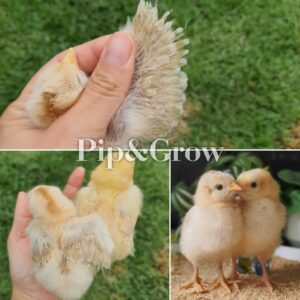
This season, we’ve noticed a few Buff Orpington chicks hatching with wheaten or light partridge-like coloration. Having bred Buff Orpingtons for the past three seasons, we’ve maintained the original bloodline from Chirpy Chicken Poultry while adding new genetics from Ford and Vincent lines. This color variation hasn’t occurred in previous seasons and appears to be linked to a rooster introduced this season, Big Ted. He was added to improve the size and width of our birds and seems to carry a partridge/wheaten throwback trait.
While these chicks will still grow into good-sized layer birds and some may moult out as they mature, we’ve only seen three chicks with this variation so far. Most chicks have hatched in standard buff or buff with freckles as we also have our original boy Bruno in the pen. Please rest assured this is not due to crossbreeding but is instead a genetic throwback.
Big Ted has now been removed from the breeding pen. However, as hens can store sperm for 3–6 weeks, there is still a chance of this variation occurring in the short term. If this is something that concerns you, we recommend holding off on ordering eggs during this period.
Thank you for your understanding. ( note added on DEC 2024)
